Gaya represents a breathtaking amalgamation of various age old traditions, a well preserved collection of ancient heritage and an undeniable presence of deep spirituality. People who are looking for a spiritual addition to their vacation then a visit to Gaya will definitely fulfill your whishes. This holy site appeals to all the devout Hindus, Buddhists as well as the Jain population. All year long this majestic city remains thronged with pilgrims, devotees and visitors looking for some spiritual upliftment. During your visit to this glorious centre of spirituality here are a few places which would definitely appeal to your spiritual side:
Mahabodhi Temple
Showcasing a grand architectural style and home to the holy Bodhi tree under which Gautam Buddha had attained his enlightenment, this temple is extremely highly revered in the loves of Hindus as well as Buddhists. Originally belonging to the 7th century this temple was reconstructed in the year 1880 by Ashoka. This UNESCO world heritage site is an ancient sign of enlightenment and an important pilgrimage site for people seeking spirituality. there are several ancient sculptural elements present inside the museum of the temple which showcases the glorious by gone era.
Vishnupad Temple
This ancient Hindu temple in Gaya which is dedicated to Lord Vishnu counts among one of the most popular and extremely holy sites of worship for devout Hindus in Gaya. Located along the banks of river Falgu one of the main attractions here is the fact that it contains the footprints of Lord Vishnu which is popularly named as Dharamshila and is carefully incised into a block of basalt. This holy centre of spirituality has been visited by several legendary saints and sages like Ramanujacharya, Madhavacharya, Sri Ramakrishna among others.
Dungeshwari Cave Temple
Located in Pragbodhi hills, and referred popularly as Mahakala caves, this is the place which holds immense importance among Buddhists. It is said that gautam Buddha had spent some valuable time here before heading on for Gaya in order to achieve his enlightenment. The only factor which keeps tourism alive at this place is the fact that it gives you an incredible sense of serenity and deep spirituality. if you are on a soul searching journey then a visit to this place is the perfect option for you to meditate and amplify your positive vibes.
Barabar Caves
Popular for being the oldest surviving rock cut caves in the entire Indian subcontinent, these caves date back to as early as the Mauryan empire. The caves are located in the twin hills of Barabar caves and the rock cut chambers dates back to as ancient as the 3rd century BCE. Standing on the entrance is a grand and majestic, finely carved door of Lomas rishi caves which is dated to be from 250 BC, pegging it as the first known Mauryan relief feature.
The great Buddha Statue
Home for the enlightenment of gautam Buddha this statue stands at a whopping elevation of 64 feet, which took 7 years to complete after the foundation stone was laid in the year 1982. Sitting in a peaceful looking deep meditation pose or in Dhyan mudra, the entire statue is seated comfortably on an open air lotus structure. The lanes and paths leading up to the grand statue is lined with neat green hedges. This statue is adorned with intricate sandstone and red granite carvings.
Bodhi Tree
Considered to be an extremely spiritual tree this is one of the most sacred places to visit in Gaya which evokes a sense of deep devotion. This tree is famed for being the place where Guatam Buddha had attained his enlightenment. It is under this tree where siddharth gautam used to meditate for seven days a week before attaining his enlightenment. It is located inside the premises of the UNESCO world heritage site of Mahabodhi temple and every day saints and sages gather here to perform their daily meditation services.
Thai Monastery
This is popular for being the only Thai temple in India that was built by the monarch of Thailand in 1956. This temple was built with an aim of strengthening the Thai and Indian relations by spreading the teachings of Lord Buddha across the borders. The entire edifice is blanketed in golden tiles and the ceiling is in the form of a curved roof which is an obvious representation of a typical Thai architecture. The overall aura of this place is extremely serene and one of the prime pilgrimages stops for devout Buddhists. This is also a prime spot for people who want to indulge in yoga and other meditation activities.
Royal Bhutan Monastery
This magnificent monastery was built by the king of Bhutan as a tribute to Lord Buddha which showcases some of the most vital instances from the lives of Lord Buddha. These finely created depictions of his life which are carved intricately on the clay all over the monastery works as the major attraction among travelers and pilgrims. The monastery also houses a temple inside it with a 7 feet tall statue of Lord Buddha. The entire temple is known for its Buddhist sculptures which can be an alluring feature to lovers of arts and architecture.
Brahmayoni Temple
Located at a mere distance of 1 km from Vishnupad temple this holy centre of spirituality is one of the most popular attractions in Gaya. The temple is perched on top of a hill and the pilgrims are expected to climb up to 424 stairs. This site is made up of two different caves known as Brahmayoni and Matreoni. These hills also mark the place where Buddha is said to have given his very first sermon to his ascetics who are said to have attained their enlightenment after listening to his speech.
Chinese Temple
Situated in close proximity to the iconic Mahabodhi temple, this majestic centre of spiritualism and devotion is one of the most stunning and glorious looking piece of architecture in Gaya. Created by Chinese monks along with the Government of China in the year 1945, the temple is home to three beautiful statues in golden covering which serves as the primary attraction here. one of the most popular time to visit here is during the time of Buddha jayanti which is attended by a throng of Buddhists from across the globe.
Maa Mangla Gauri Mandir
Maa Mangla Gauri Mandir is a sacred Hindu temple dedicated to Goddess Mangla Gauri, situated in the heart of Bodh Gaya. Devotees flock to this temple to seek the blessings of the goddess, believed to bring prosperity and well-being. The temple's architectural beauty, adorned with intricate carvings and vibrant colors, adds to the spiritual ambiance. Visitors often participate in religious ceremonies, creating a serene atmosphere that reflects the cultural diversity of the region.
Baba Koteshwarnath Temple
Nestled on the banks of the river Falgu, Baba Koteshwarnath Temple is an ancient Hindu shrine with a rich historical and religious significance. Dedicated to Lord Shiva, the temple attracts pilgrims and tourists alike. The tranquil surroundings and the soothing sound of the flowing river create a peaceful environment for meditation and introspection. The temple architecture is a testament to the region's cultural heritage, and the regular prayers and rituals offer visitors a glimpse into the spiritual practices that have been preserved for generations.
Pind Daan Gaya
Pind Daan Gaya is a sacred ritual site along the banks of the Falgu River, where Hindu pilgrims perform ancestral rites to pay homage to their departed loved ones. The belief is that performing Pind Daan at this holy place ensures the salvation of the souls of the departed. The rituals involve offering pindas (ritual cakes) to the ancestors, accompanied by prayers and hymns. The serene ambiance of the riverbank, combined with the cultural and religious significance of the site, makes Pind Daan Gaya an important pilgrimage destination for those seeking to honor and remember their ancestors.
Suggested Tour: Book Special Gaya Holiday Packages
Archaeological Museum Bodhgaya
For those interested in delving into the rich history and cultural heritage of Bodh Gaya, the Archaeological Museum is a must-visit destination. The museum houses a diverse collection of artifacts, sculptures, and relics dating back to different periods, providing insights into the region's archaeological significance. Visitors can explore the exhibits, including ancient sculptures of Buddha, artifacts from the Mauryan and Gupta periods, and items related to the Buddhist monastic traditions. The Archaeological Museum serves as a treasure trove for history enthusiasts, offering a fascinating journey through the evolution of Bodh Gaya over the centuries.
Falgu Rubber Dam
The Falgu Rubber Dam, situated on the Falgu River, is not only a structural marvel but also a popular recreational spot in Bodh Gaya. The dam provides a serene environment for picnics and leisure activities, attracting both locals and tourists. Visitors can enjoy the calm waters, surrounded by lush greenery, creating an idyllic setting for relaxation. The Falgu Rubber Dam is a testament to the region's efforts to harness natural resources for both practical and recreational purposes, offering a refreshing break for those exploring the spiritual and historical facets of Bodh Gaya.
Sita Kund
Sita Kund is a sacred pond associated with the Hindu epic Ramayana, believed to be the spot where Sita, the wife of Lord Rama, took a bath during their exile. Pilgrims visit Sita Kund to pay homage to Sita and seek blessings for marital harmony. The serene surroundings and the mythological significance make it a peaceful place for reflection and prayer. The clear waters of Sita Kund add to the spiritual ambiance, inviting devotees to connect with the ancient tales and traditions embedded in the cultural fabric of Bodh Gaya.
Sujata Stupa
The Sujata Stupa is dedicated to Sujata, a kind-hearted village girl who offered rice pudding to Siddhartha Gautama before he attained enlightenment. Pilgrims visit the stupa to pay homage to Sujata's generosity and the pivotal role she played in the Buddha's journey. The stupa's architecture and serene surroundings create a contemplative atmosphere, allowing visitors to connect with the humble origins of Buddha's path to enlightenment. The Sujata Stupa serves as a reminder of the significance of compassion and simple acts of kindness in the spiritual journey.
Rajayatna Tree
The Rajayatna Tree is a sacred fig tree associated with a legend that speaks of Queen Rajayatna, who made a selfless offering of the tree to support the construction of a monastery. The tree is revered for its historical and religious significance, attracting pilgrims and nature enthusiasts alike. The tranquil atmosphere around the Rajayatna Tree offers a peaceful retreat, allowing visitors to appreciate the intertwining of myth, history, and nature in Bodh Gaya.
Mangla Gauri Temple
Mangla Gauri Temple, dedicated to the Goddess Mangla Gauri, is a sacred site in Bodh Gaya with a rich cultural and religious heritage. Devotees flock to the temple to seek blessings for marital harmony and well-being. The temple's architecture, adorned with intricate carvings and vibrant colors, adds to the spiritual ambiance. Visitors often participate in religious ceremonies, creating a serene atmosphere that reflects the cultural diversity of the region.
Tibetan Refugee Market
The Tibetan Refugee Market in Bodh Gaya is a vibrant and bustling marketplace that offers a unique shopping experience. Visitors can explore a wide array of Tibetan handicrafts, clothing, and artifacts, providing an opportunity to take home souvenirs reflecting the rich Tibetan culture. The market is not only a commercial hub but also a cultural melting pot, allowing tourists to interact with the local Tibetan community and gain insights into their traditions. The colorful stalls and the aroma of Tibetan cuisine create a lively atmosphere, making the Tibetan Refugee Market a must-visit destination for those seeking a blend of shopping and cultural exploration
Gandhi Maidan Gaya
Gandhi Maidan Gaya, named after the Father of the Nation, Mahatma Gandhi, serves as a public space for recreation and social gatherings. The sprawling park is adorned with lush greenery, providing a peaceful environment for locals and tourists alike. The statue of Mahatma Gandhi at the center of the maidan is a focal point, symbolizing the principles of non-violence and peace. Visitors can stroll through the park, engage in outdoor activities, or simply relax in the serene surroundings. Gandhi Maidan Gaya serves as a leisure spot where the ideals of peace and harmony align with the spiritual atmosphere of Bodh Gaya.
Shri Markandey Mahadev Mandir
Shri Markandey Mahadev Mandir is a revered Hindu temple dedicated to Lord Shiva, attracting devotees seeking divine blessings. The temple's architecture, adorned with intricate carvings and sculptures, reflects the cultural and religious heritage of the region. Pilgrims often participate in religious ceremonies and prayers, creating a spiritual ambiance within the temple premises. The tranquil surroundings add to the meditative atmosphere, inviting visitors to connect with the divine in the midst of Bodh Gaya's cultural tapestry.
Ramshila Hill
Ramshila Hill is a scenic spot in Bodh Gaya, offering panoramic views of the surrounding landscape. According to local legends, Lord Rama, along with his wife Sita and brother Lakshmana, visited this hill during their exile. The hill holds historical and mythological significance, attracting both pilgrims and nature enthusiasts. Visitors can trek to the hilltop, where a temple dedicated to Lord Rama stands, and enjoy the breathtaking views of the countryside. Ramshila Hill serves as a serene retreat, allowing individuals to connect with nature while exploring the cultural and religious facets of the region.
Bodhgaya Water Park
For those seeking recreational activities and a break from the historical and spiritual exploration, the Bodhgaya Water Park offers a refreshing retreat. The water park features various pools, slides, and water attractions, providing a fun-filled experience for families and friends. The lively atmosphere and the thrill of water activities make it a popular destination for locals and tourists alike. Bodhgaya Water Park offers a balance between relaxation and entertainment, making it an ideal spot to unwind after a day of exploring the cultural and historical landmarks of Bodh Gaya.
Pret Shila Mandir
Pret Shila Mandir is a temple located on Pret Shila, a rock believed to have the power to ward off evil spirits. Devotees visit the temple seeking protection and blessings for their well-being. The unique geological formation of Pret Shila adds to the mystique of the site, making it a place of reverence and spiritual significance. The temple, with its simple yet sacred ambiance, offers a space for prayer and contemplation in the midst of Bodh Gaya's diverse religious landscape.
Pretshila
Pretshila, meaning 'Ghost Rock,' is a unique geological formation that holds cultural and religious importance. According to local beliefs, Pretshila is a sacred rock that is considered powerful in warding off evil spirits. Pilgrims and visitors often come to this site seeking spiritual protection and blessings. The natural setting of Pretshila, surrounded by the lush landscape of Bodh Gaya, adds to the serene atmosphere, providing a peaceful space for reflection and prayer.
Conclusion
Gaya, with its kaleidoscope of historical wonders and spiritual sanctuaries, is a destination that transcends time. Each place we visited adds a layer to the rich tapestry of Gaya, making it a must-visit for those seeking a holistic travel experience.
Frequently Asked Questions (FAQs)
Q: How can I reach Gaya?
A: Gaya is well-connected by air, rail, and road. The Gaya International Airport and Gaya Junction railway station facilitate easy access.
Q: Is it necessary to hire a guide for exploring these places?
A: While hiring a guide can enhance your experience with in-depth insights, many sites have informational boards for self-guided tours.
Q: Are these places suitable for a family vacation?
A: Absolutely! Gaya offers a blend of history, spirituality, and natural beauty suitable for all age groups.
Q: What is the best time to visit Gaya?
A: The winter months (October to March) provide pleasant weather for exploration, avoiding the extreme heat of summer.
Q: Are photography and videography allowed at these sites?
A: Yes, photography is generally allowed, but it's advisable to check specific rules at each location.

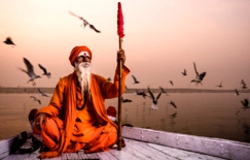
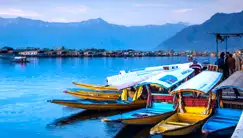
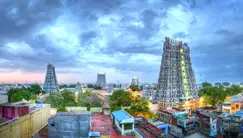
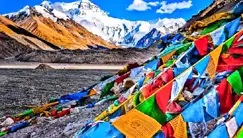
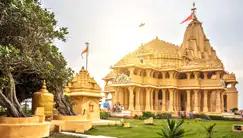
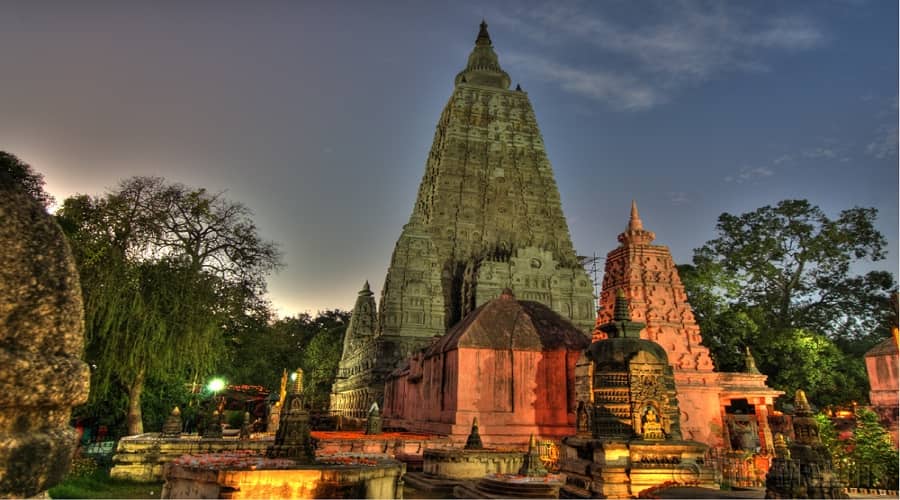
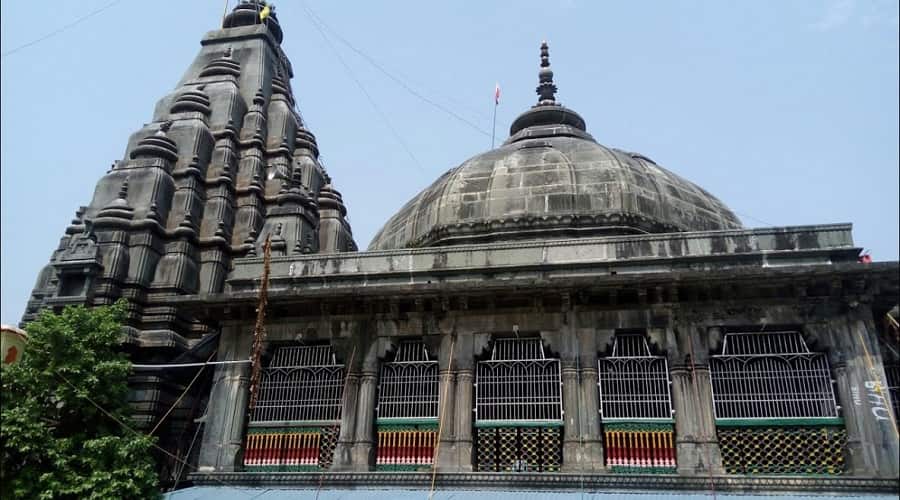
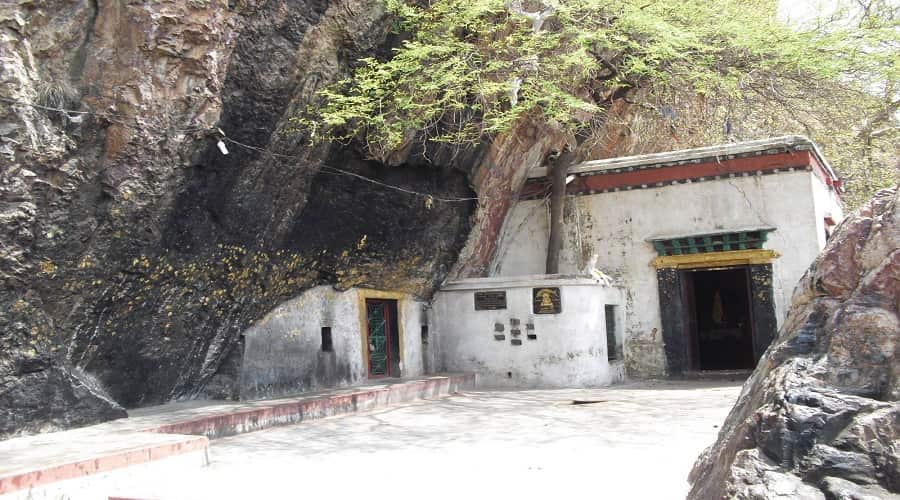

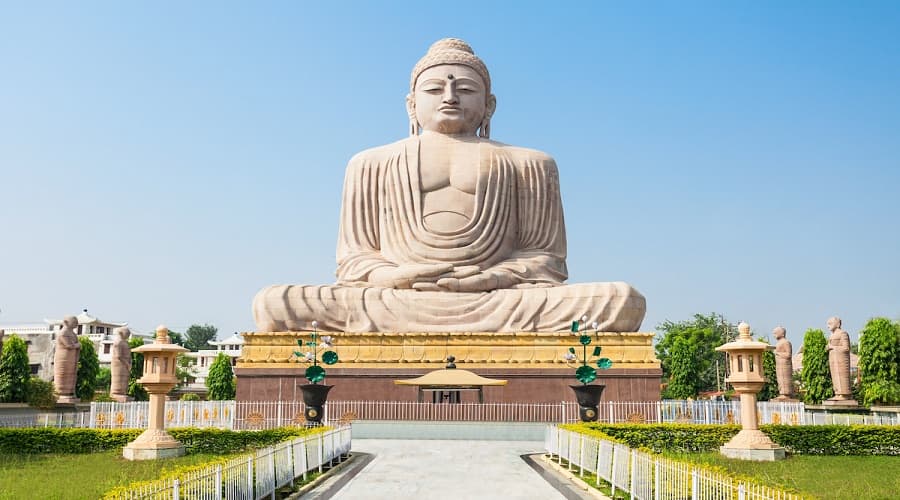
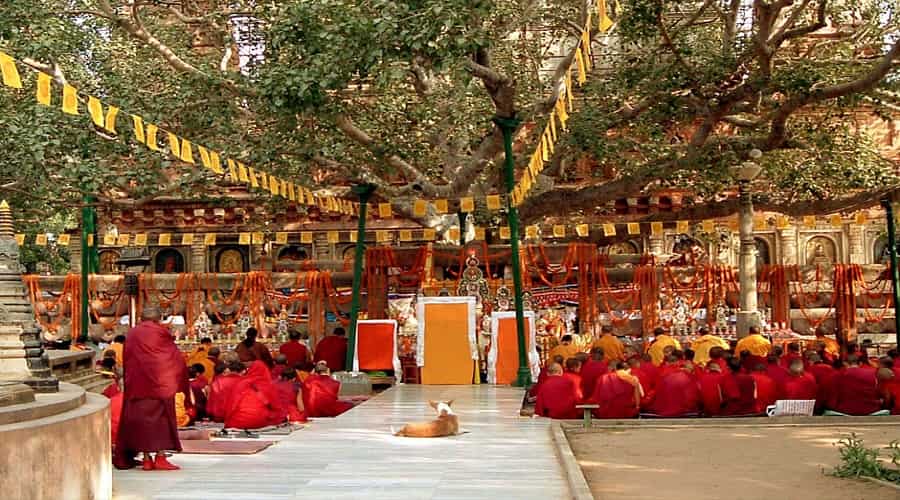
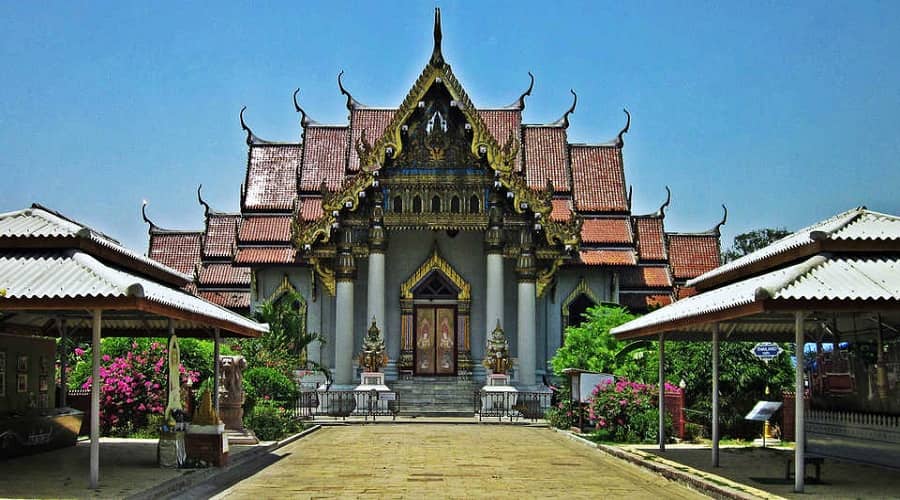
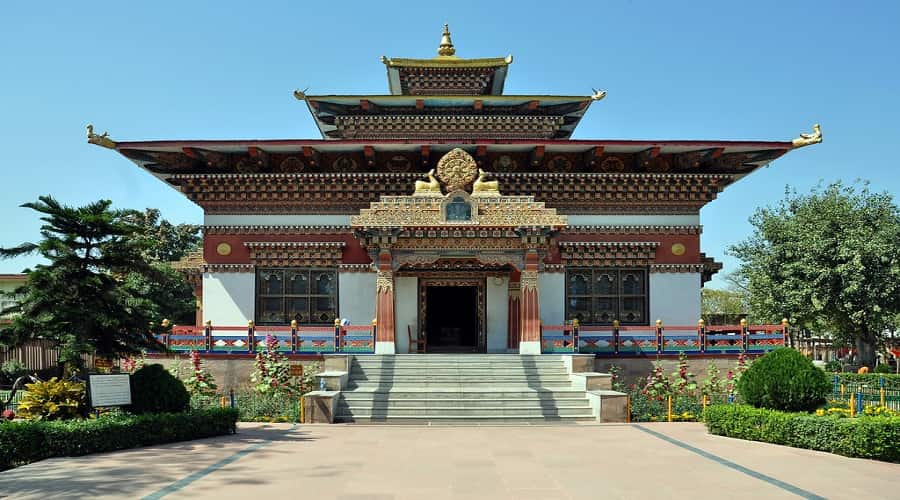

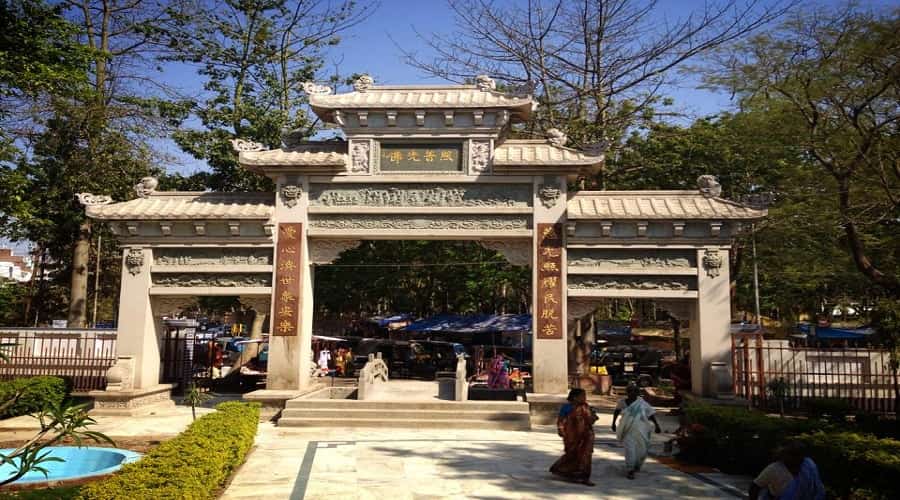
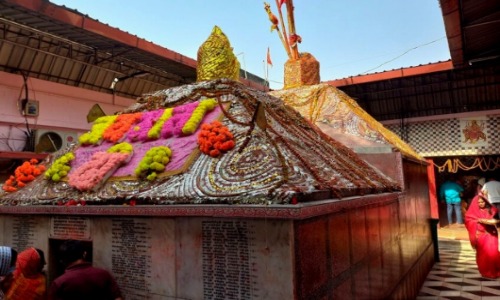
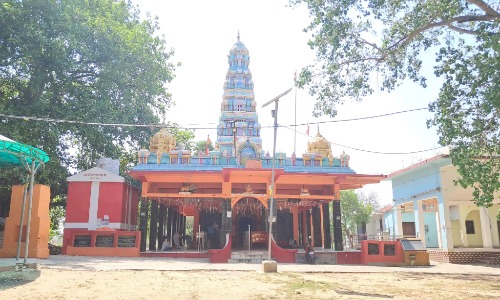
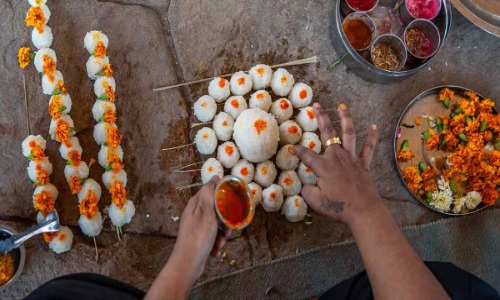
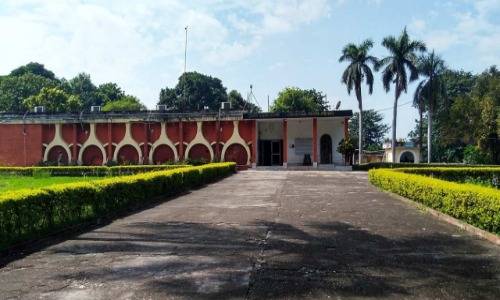
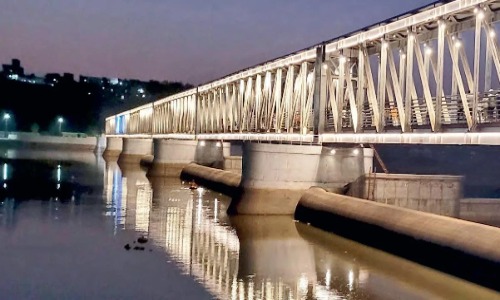
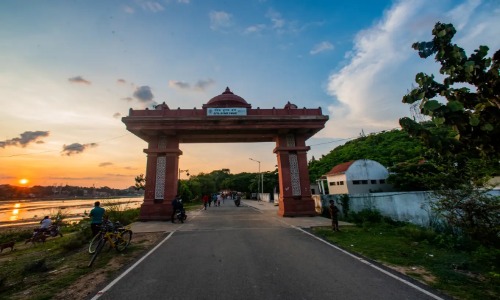
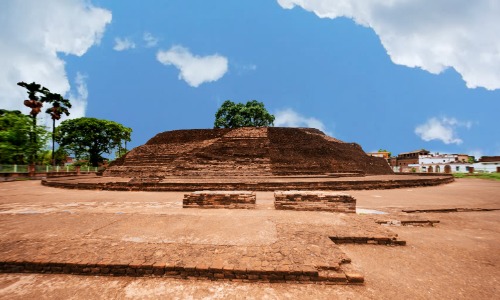
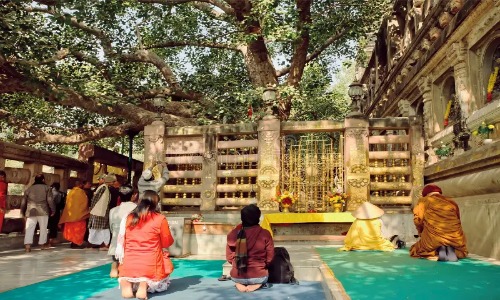
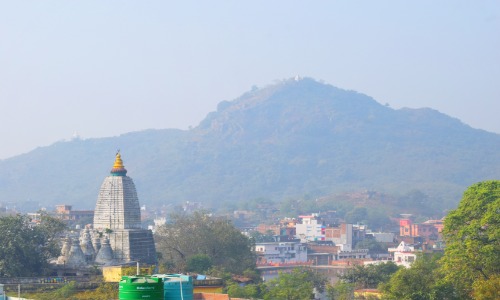
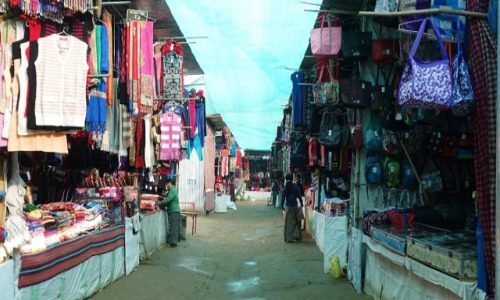
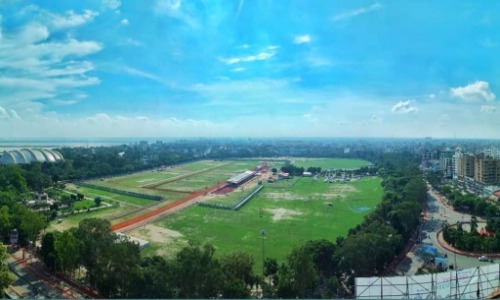
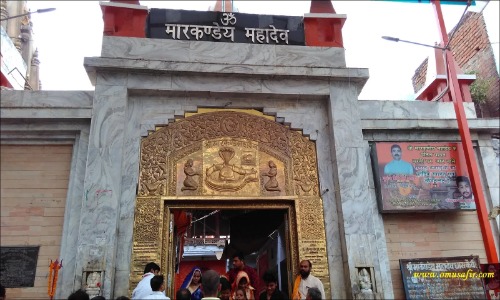
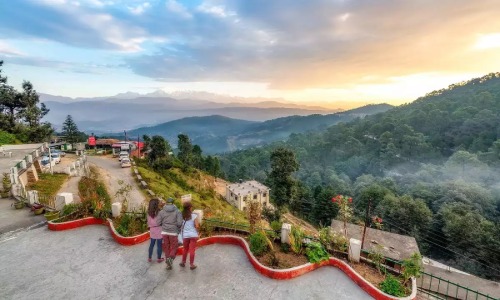
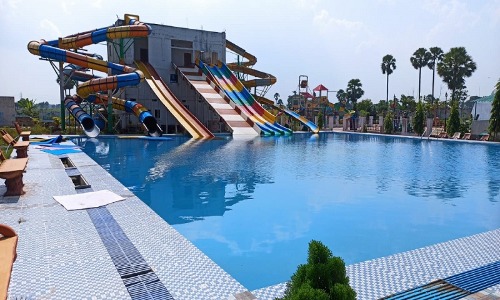
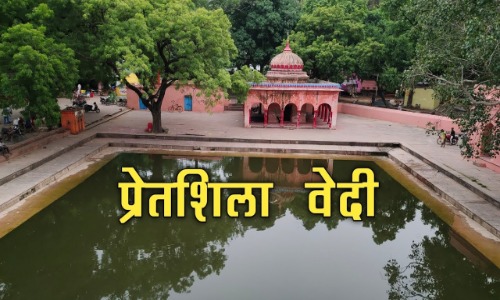
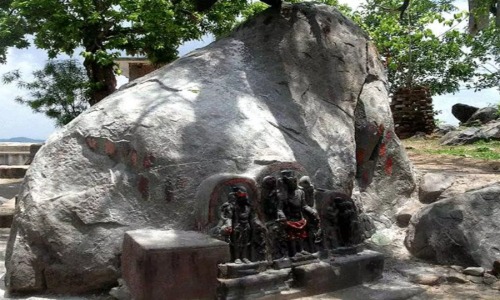
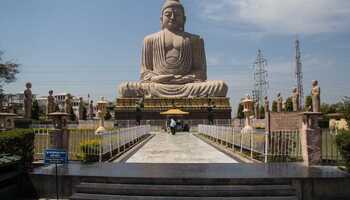
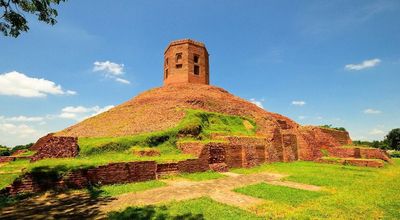
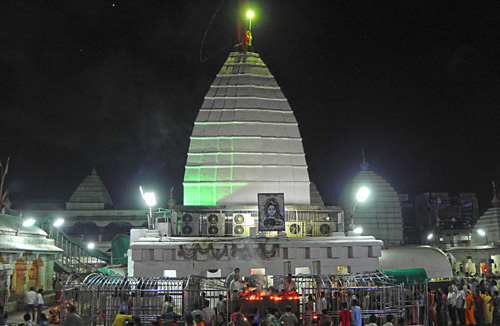
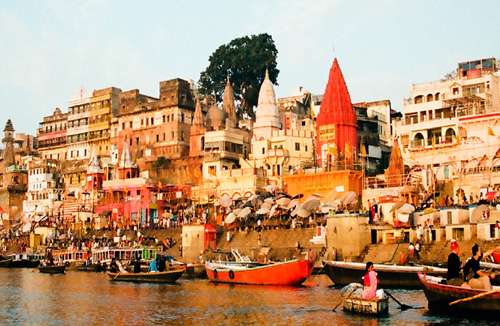
.jpg)
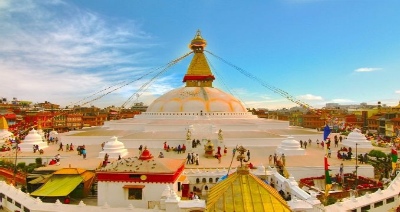

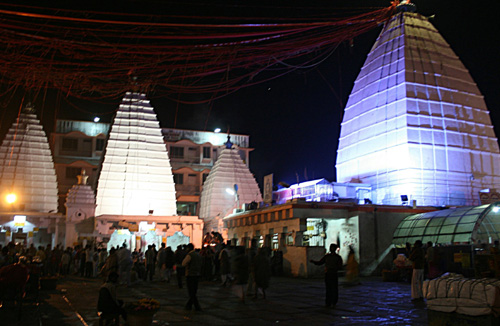
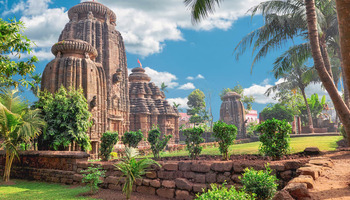
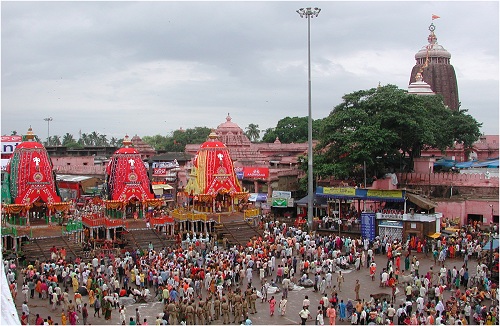
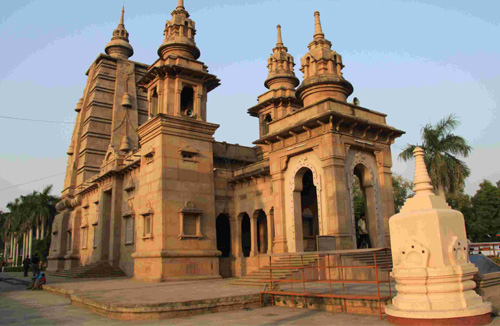
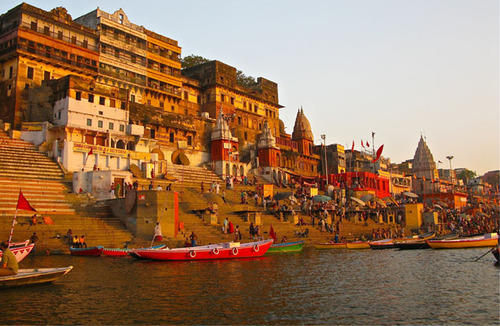
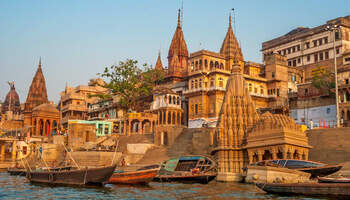
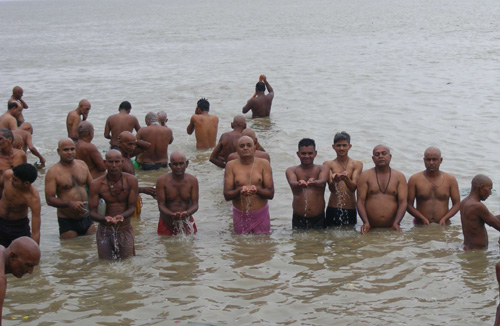
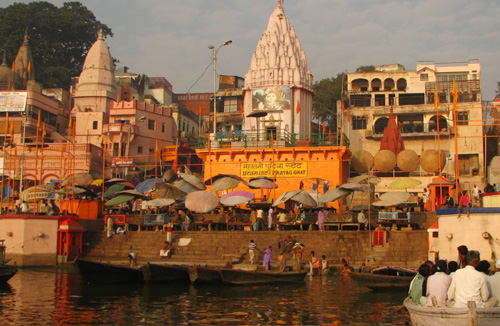


 Call
Call WhatsApp
WhatsApp Enquiry
Enquiry